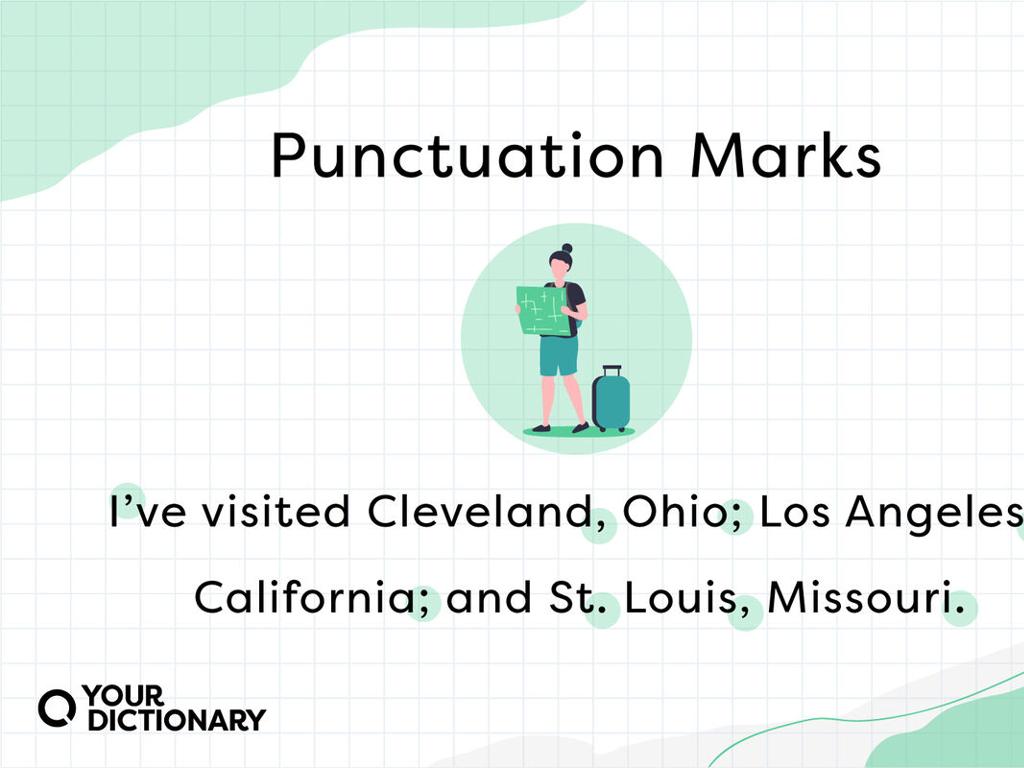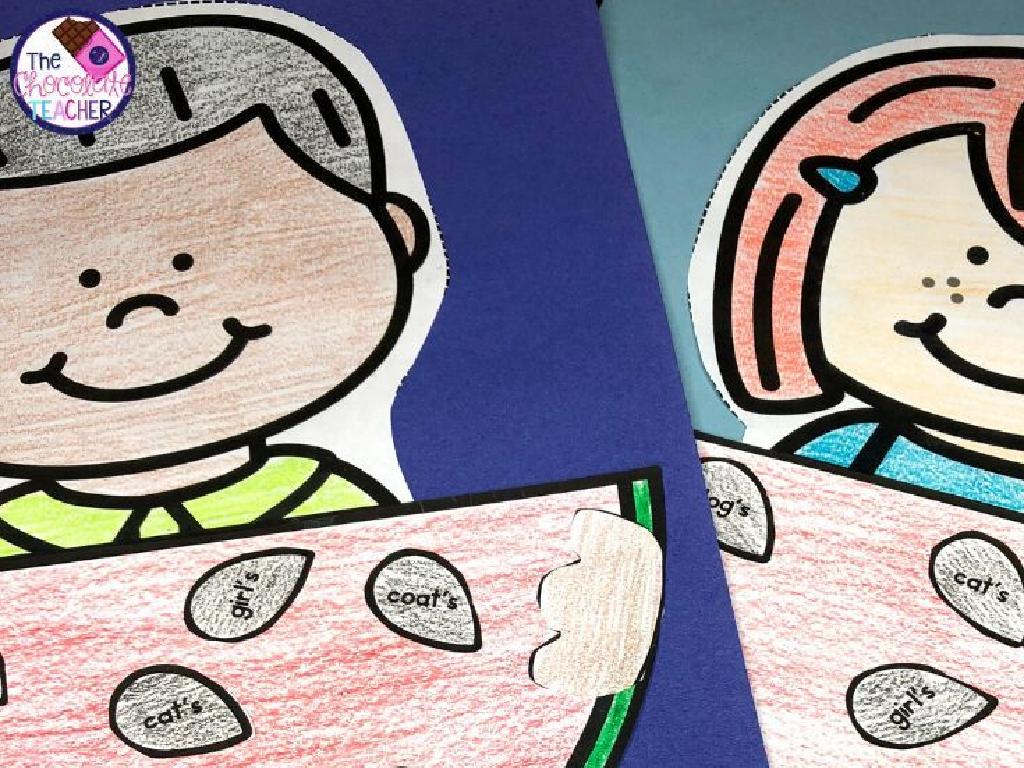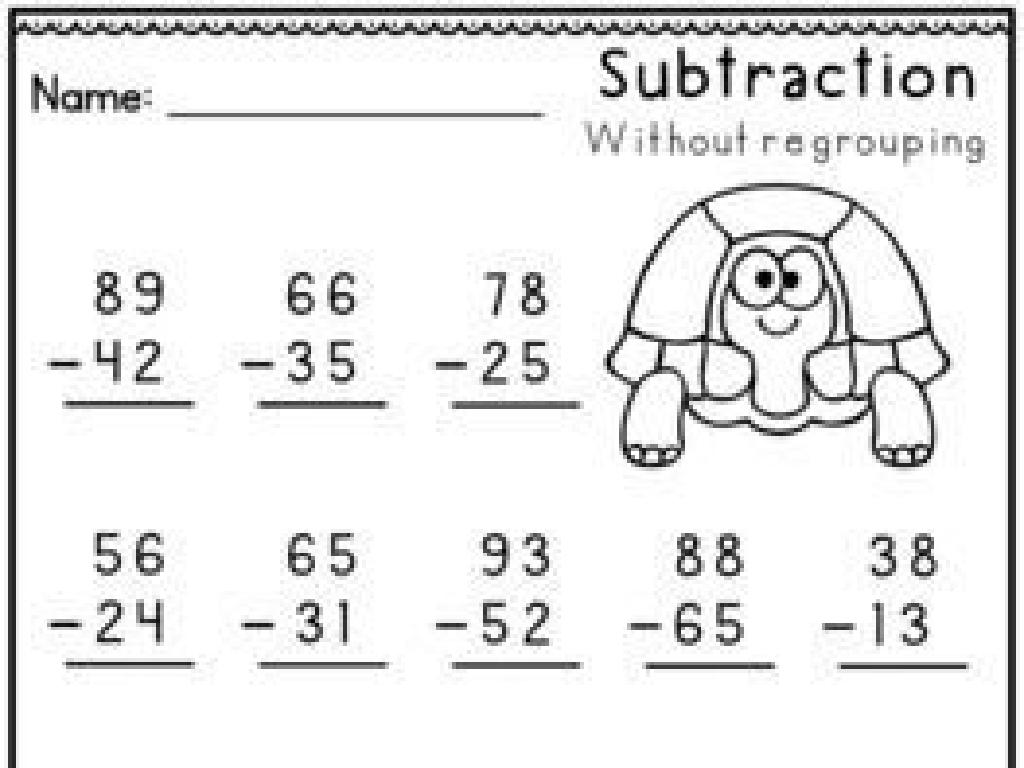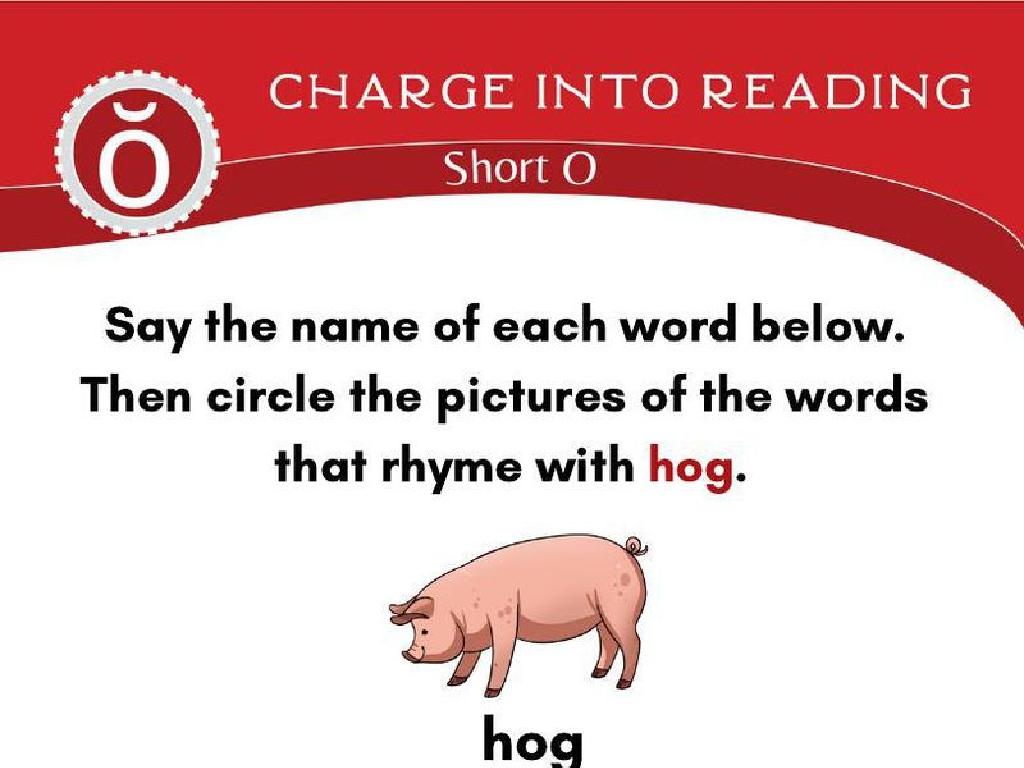The Reformation
Subject: Social studies
Grade: Sixth grade
Topic: Early Modern Europe
Please LOG IN to download the presentation. Access is available to registered users only.
View More Content
The Reformation in Early Modern Europe
– Early Modern Europe intro
– What was the Reformation?
– A movement that challenged the Catholic Church’s practices and led to Protestantism
– Reformation’s historical significance
– It reshaped religious and political structures across Europe
– Impact on society and culture
– Led to more translations of the Bible and influenced education and literacy
|
This slide introduces students to the period of Early Modern Europe with a focus on the Reformation. Begin by setting the scene of Early Modern Europe, highlighting the cultural and societal context. Explain the Reformation as a pivotal movement that questioned the Catholic Church’s authority, leading to the birth of Protestant churches. Emphasize its significance as a transformative event that altered the course of history by changing the religious landscape of Europe, influencing political power structures, and eventually contributing to the development of modern nation-states. Discuss its lasting impact on society and culture, including the promotion of literacy as the Bible became more accessible in vernacular languages. Encourage students to consider how these changes still affect our world today.
Understanding the Reformation
– Define the Reformation
– A movement that challenged the Catholic Church’s practices and led to new Christian denominations.
– Key figures: Luther, Calvin, Henry VIII
– Martin Luther sparked change with his 95 Theses, Calvin led religious reforms, and Henry VIII founded the Church of England.
– Printing press: Spreading ideas
– The printing press allowed for rapid dissemination of reformers’ ideas beyond local regions.
– Reformation’s impact on society
|
The Reformation was a pivotal religious movement in the 16th century that led to the establishment of Protestant churches separate from the Catholic Church. Key figures like Martin Luther, John Calvin, and Henry VIII played significant roles in shaping the Reformation. Luther’s 95 Theses criticized Church practices, Calvin’s teachings formed the basis of Calvinism, and Henry VIII’s desire for a male heir led to the creation of the Church of England. The invention of the printing press by Johannes Gutenberg around 1440 was crucial in spreading the ideas of the Reformation quickly and widely, which might not have been possible in an era before mass communication. This slide will give students a foundational understanding of the Reformation’s origins, key players, and the technological advancements that facilitated its spread.
Causes of the Reformation
– Social and political factors
– Changes in society and governance affected views on religion.
– Economic influences
– Wealth and power struggles led to questioning the Church’s role.
– Church corruption
– Sale of indulgences, nepotism, and moral decay within the clergy.
– Calls for reform
– Scholars and common people wanted to correct Church practices.
|
This slide aims to introduce students to the complex causes that led to the Reformation, a pivotal movement in European history. Social and political shifts, such as the rise of nation-states, challenged the Church’s authority. Economic factors, including resentment of Church taxes, also played a role. Corruption within the Church, exemplified by the sale of indulgences and the lavish lifestyles of some clergy, eroded its moral authority. The demand for reform grew as people became more aware of these issues, partly due to the spread of Renaissance ideas and the printing press. Encourage students to think about how these factors could influence a large-scale push for change. This background sets the stage for understanding the Reformation’s impact on society, religion, and governance.
Major Changes and Effects of the Reformation
– Split of Christianity
– Christianity divided into Catholicism and Protestantism.
– Emergence of Protestant churches
– New churches formed, breaking from Catholic tradition.
– Reformation’s impact on European life
– Changes in religion, society, and politics across Europe.
|
The Reformation was a pivotal movement in European history that led to the division of Christianity into Catholicism and Protestantism. This split was significant as it ended the religious monopoly of the Catholic Church and led to the establishment of various Protestant churches. The Reformation had profound effects on European life, influencing not just religion but also societal structures, governance, and culture. It set the stage for religious freedom and the modern nation-state. In class, we’ll explore how these changes came about and their lasting impact on European society. Encourage students to think about how a change in religious beliefs could affect other aspects of life, such as government, community, and daily routines.
The Counter-Reformation
– Catholic Church’s reaction
– The Church sought to reform and counter Protestant criticisms.
– Key actions by the Church
– Measures included reaffirming doctrines, curbing corruption, and educating clergy.
– The Council of Trent
– A significant assembly from 1545-1563 aimed to address issues within the Church.
– Decisions and impacts
– Decisions included clarifying Church teachings and strengthening Church authority.
|
The Counter-Reformation was the Catholic Church’s effort to address and rectify the criticisms that led to the Reformation. It involved a series of actions, including internal reform and reaffirmation of Catholic doctrines. The Council of Trent played a pivotal role, where church officials met to discuss and implement changes. They aimed to clarify Catholic teachings, improve the discipline of the clergy, and counter the growing Protestant movement. The decisions made had long-lasting effects on the Catholic Church and helped to define its path forward. In class, we’ll explore how these actions impacted the religious landscape of Europe and the world.
Impact of the Reformation
– Lasting effects on religion
– Split of Christianity into new churches
– Shaped the modern world
– Set the stage for the Enlightenment
– Reformation’s societal influence
– Freedom of religion in many societies
– Political changes post-Reformation
– Birth of nation-states and secular governance
|
The Reformation had profound and enduring impacts on various aspects of society, religion, and politics. It led to the fragmentation of the Catholic Church and the establishment of Protestant churches, which has had a lasting effect on religious practice and affiliation. The movement also contributed to the development of the modern world by encouraging the spread of literacy and learning, setting the stage for the Enlightenment. In today’s society, the influence of the Reformation can be seen in the value placed on individual faith and the freedom to practice one’s religion. Politically, the Reformation played a role in the rise of nation-states and the separation of church and state, laying the groundwork for modern secular governance. This slide will help students understand the broad and lasting influence of the Reformation on the world they live in today.
Class Activity: Reformation Role-Play
– Divide into groups for role-play
– Represent Reformation figures
– Groups may represent Martin Luther, John Calvin, the Catholic Church, or the peasants
– Present perspectives on reform
– Discuss the spread of new ideas
– How did these views cause change?
|
This activity is designed to engage students with the historical figures and institutions that played a pivotal role during the Reformation. By dividing the class into groups, each student will have the opportunity to delve into the motivations and beliefs of different perspectives from this period. Encourage each group to research their assigned figure or institution and prepare a short presentation on why reform was necessary from their viewpoint. After presentations, lead a discussion on how these conflicting and converging views contributed to the spread of new ideas and changes in religious practices across Europe. Possible roles include Martin Luther, John Calvin, the Catholic Church, and the peasants. This will help students understand the complexity of historical events and the impact of the Reformation on European society.






